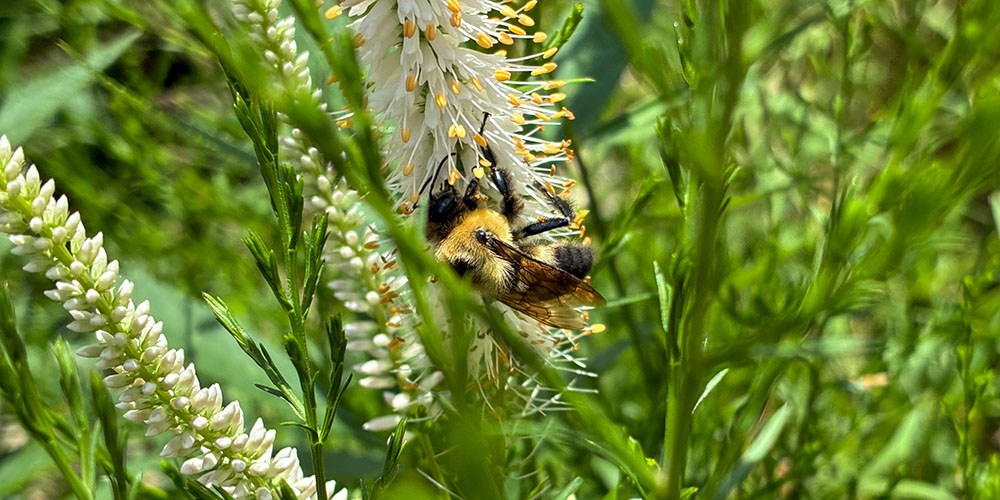
Becoming a Master Naturalist
October 22, 2025 | Topics: Places, Stories
WI Master Naturalist Training is like a Summer Camp for Adults
by Kris Gould
I’ve wanted to take the Wisconsin Master Naturalist training ever since I found out that such a program existed. I didn’t get in the first two years I tried; the class at Retzer Nature Center fills up quickly. There are locations throughout the state where you can attend WI Master Naturalist training, but Retzer is practically my backyard, and so it was my preferred location. This year, I set a reminder for exact moment that registration opened, and finally got in.
What is WI Master Naturalist training, you might be wondering? And why do so many people want to do it? I’ve heard this class referred to informally as “summer camp for adults”, so that probably gives you an idea of why it’s so popular. There is classroom learning, but also a lot of fun field trips to locations that I had never explored before even though they are only a short distance from where I live. We hiked in woods and prairies, identified bumble bees, dragonflies and damselflies, caught crayfish and dragonfly larvae in a stream and had a blast learning new things about nature in Wisconsin.
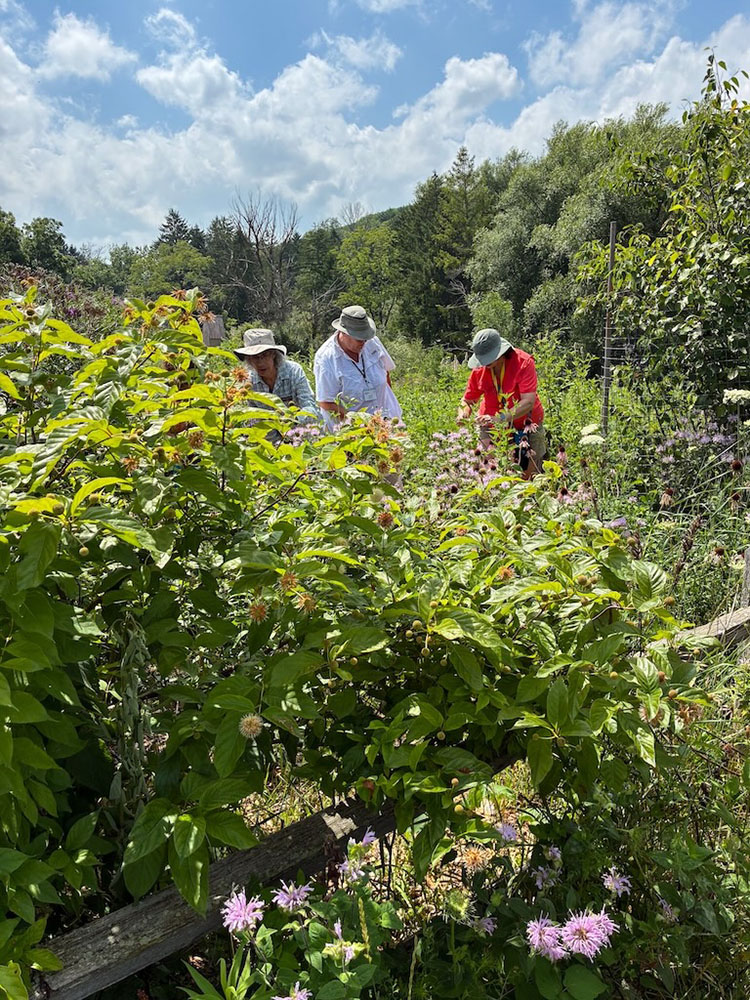
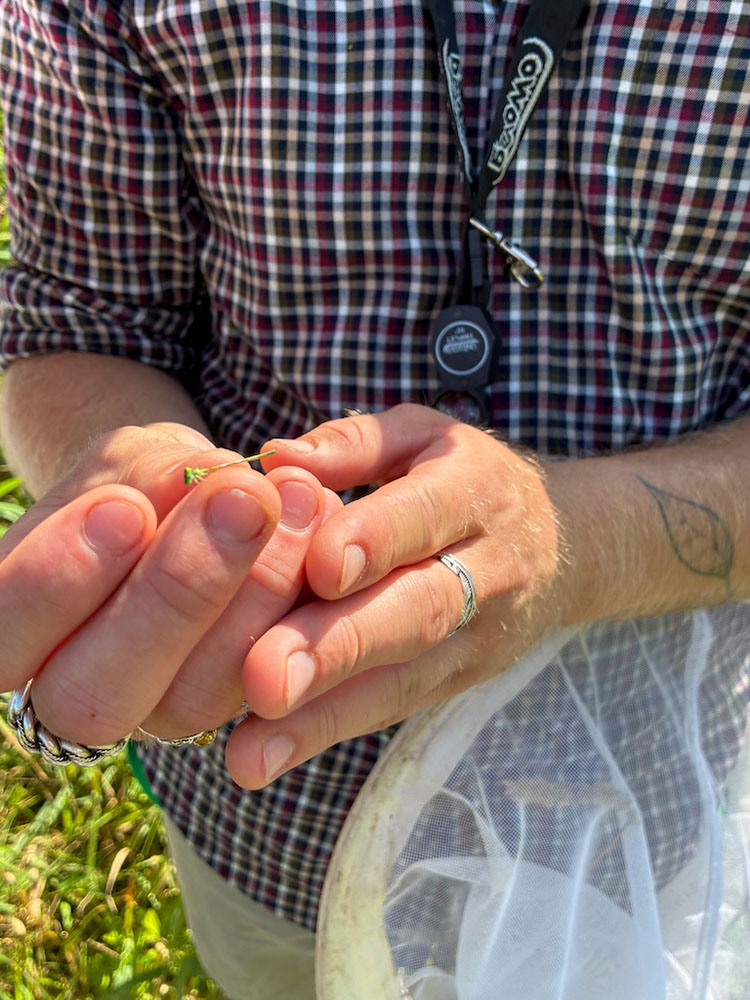
WI Master Naturalist training is a program of the University of Wisconsin-Madison Division of Extension that started in 2013. The goal of the program is to support “a network of well-informed volunteers and instructors dedicated to conservation service, leadership, and lifelong learning.” After the training is complete you are a Certified WI Master Naturalist. To retain that title you must perform forty hours of volunteer service and take eight hours of advanced training every year.
Who takes this training? In my class there were people from a variety of locations in southeastern Wisconsin and one person from Illinois. (People from surrounding states can take the training and volunteer in their own states.) There were both men and women and multiple age groups were represented. Yes, there were many retired people, like me, but we also had one college student on summer break, and multiple working people who had to use a week of their precious vacation time to attend the training; I know they thought it was worth it. What brought us all together was a fascination with nature and a desire to learn.
Our training week was designed with a different focus each day:
- Day 1: Ecology and Geology
- Day 2: Plant Communities
- Day 3: Wildlife
- Day 4: Human Connections & Weather and Climate
- Day 5: Water
- Day 6: Training Projects
On the first day of class I woke up early and made sure I had all of my gear in my backpack. I packed myself a lunch (something I haven’t done for years) and headed out for my first day of summer camp—I mean training. We started in the classroom, learning about the Master Naturalist program and the big picture of Wisconsin ecology. The geology lesson came next, and focused on glaciers and the impact they have had on the Wisconsin landscape. And then it was time to hike! We went to Lapham Peak and climbed the observation tower to view the Ice Age related features of the landscape from up high. Then we hiked down the Ice Age Trail to see some of the features up close.
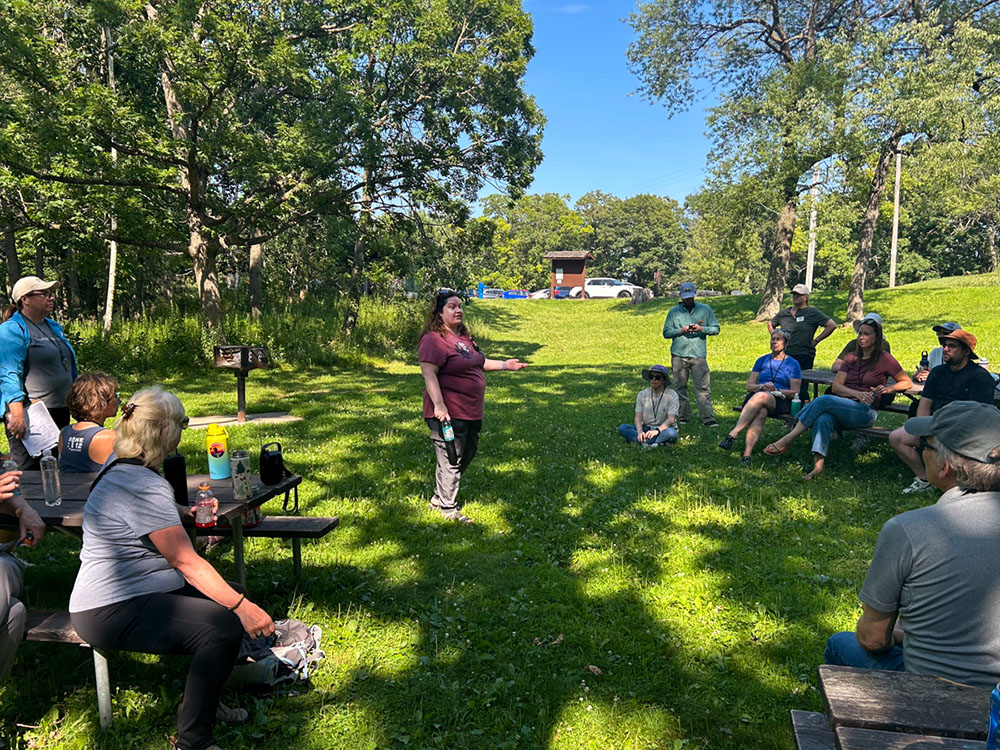
On day two, we started off with a field trip to UWM at Waukesha Field Station where we met Dr. Marlin Johnson, a Former Professor of Biology who taught at UW-Waukesha for thirty years and led the restoration of the field station’s prairie, which is now named after him. Dr. Johnson has been caring for the land his whole career—not only did he restore the field station prairie, but he co-founded the Waukesha County Land Conservancy, the Southeast Wisconsin Land Conservancy, Kettle Moraine Natural History Association and Waukesha Environmental Action League (source). It was incredible to hear his perspective on the land and the plants and animals that live there.
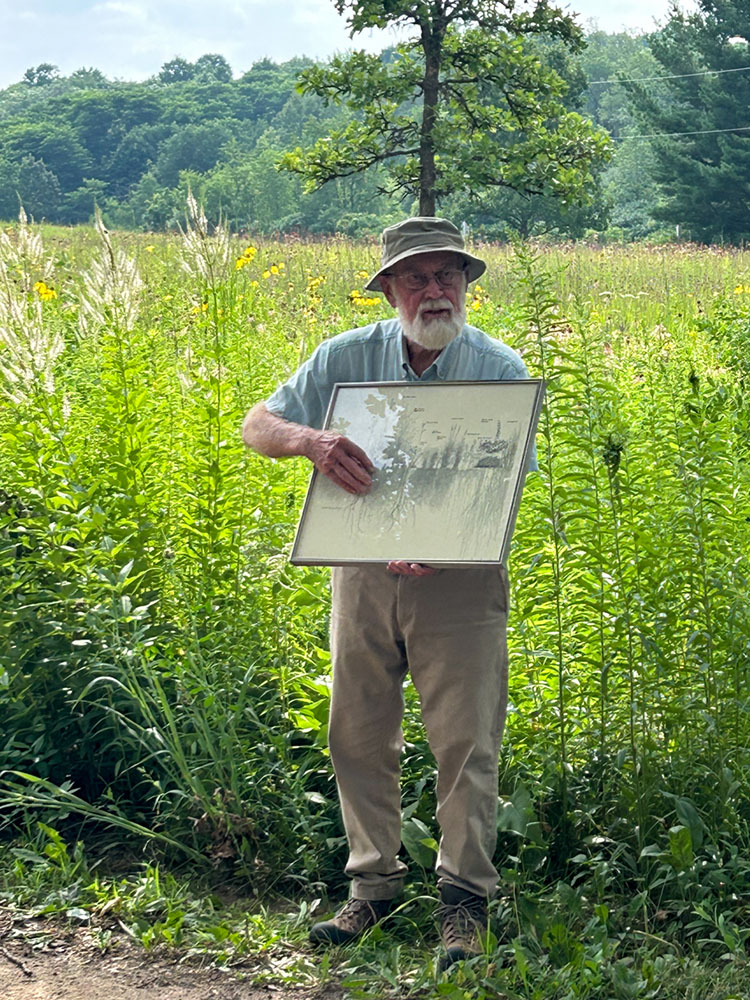
Water day was also a fun one. We had two field trips on that day, one to Pewaukee Lake where we examined the plant life living in the lake. We also learned about how water moves through a watershed, picking up along the way things we don’t necessarily want in our water. Then we went to the Carroll University’s Prairie Springs Environmental Education Center where we waded into the water to collect samples of the crayfish and insect larva that live in Genesee Creek. We also saw a demonstration of how electrofishing is used to catch and identify fish. Good news: no one fell into the water, although I know a few people including myself were prepared with spare clothes in the car.
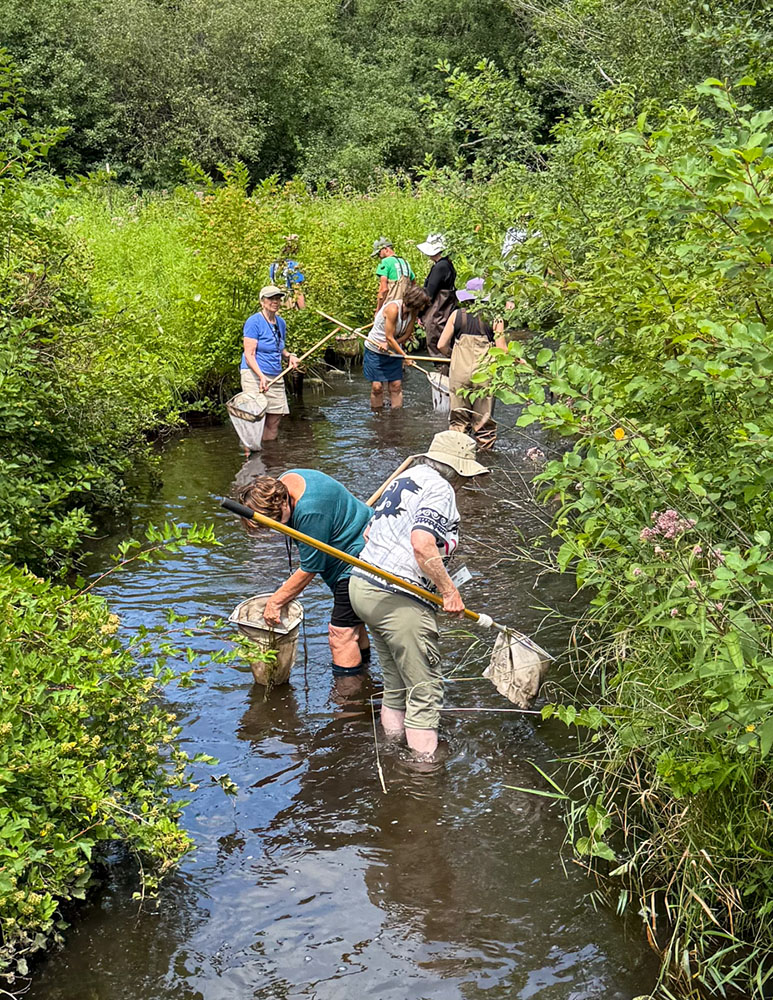
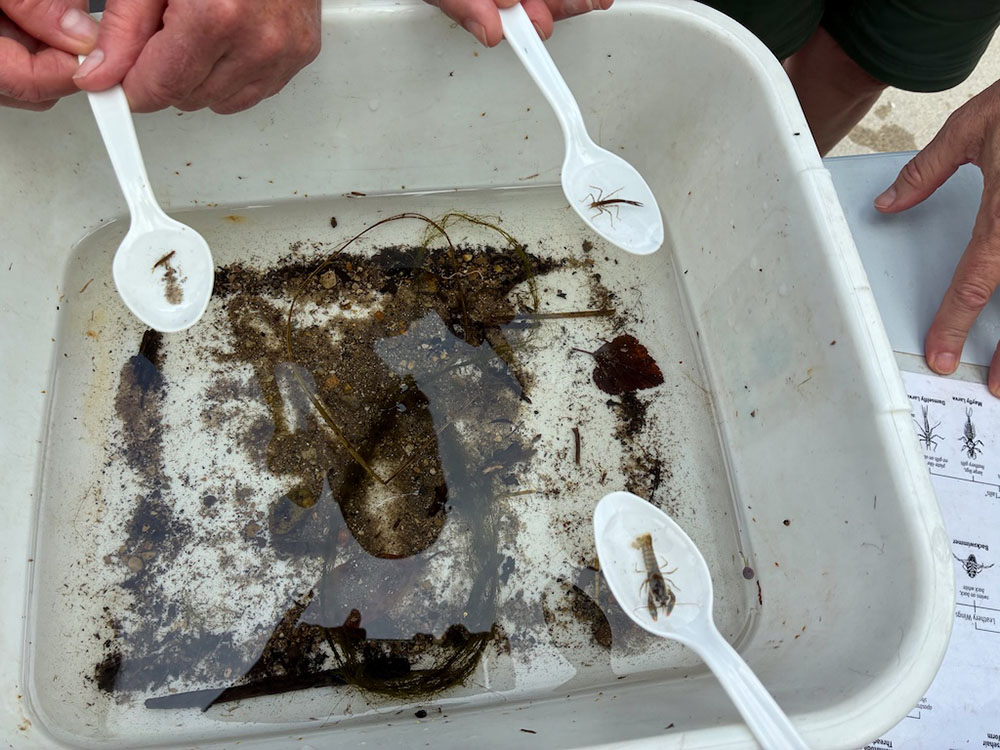
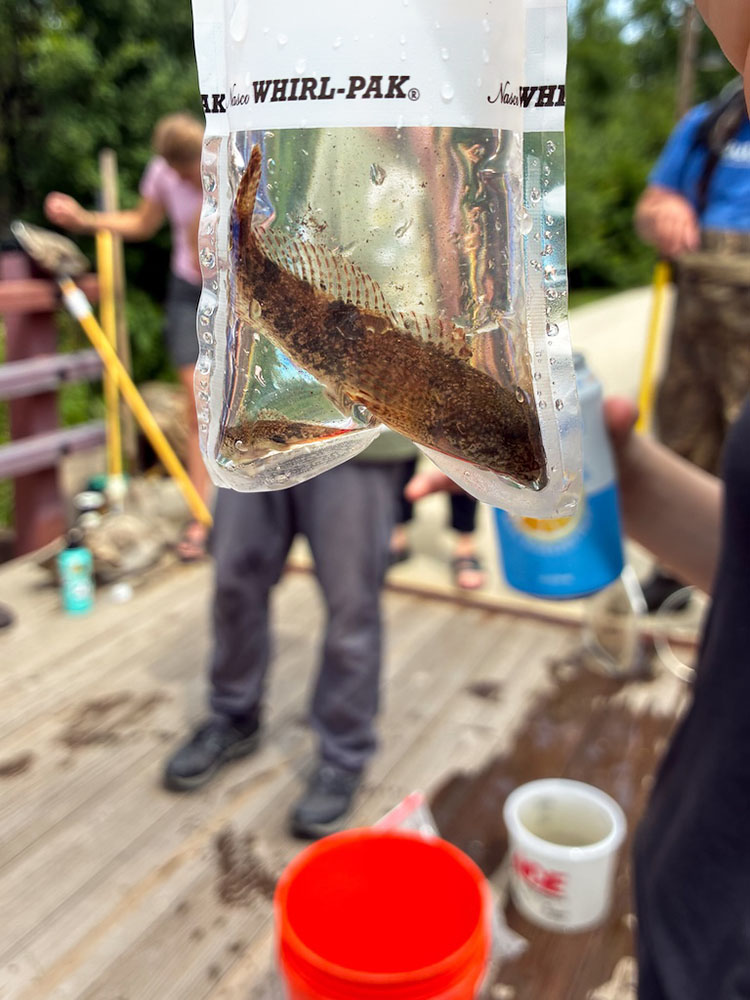
During this training we learned from our instructors, who were amazing, and also from each other. Each day had multiple high points and also moments that challenged us. Some of us overcame fear of ticks or snakes, some of us struggled a bit with hiking in the heat and humidity of mid-July, and some of us worried about our training projects.
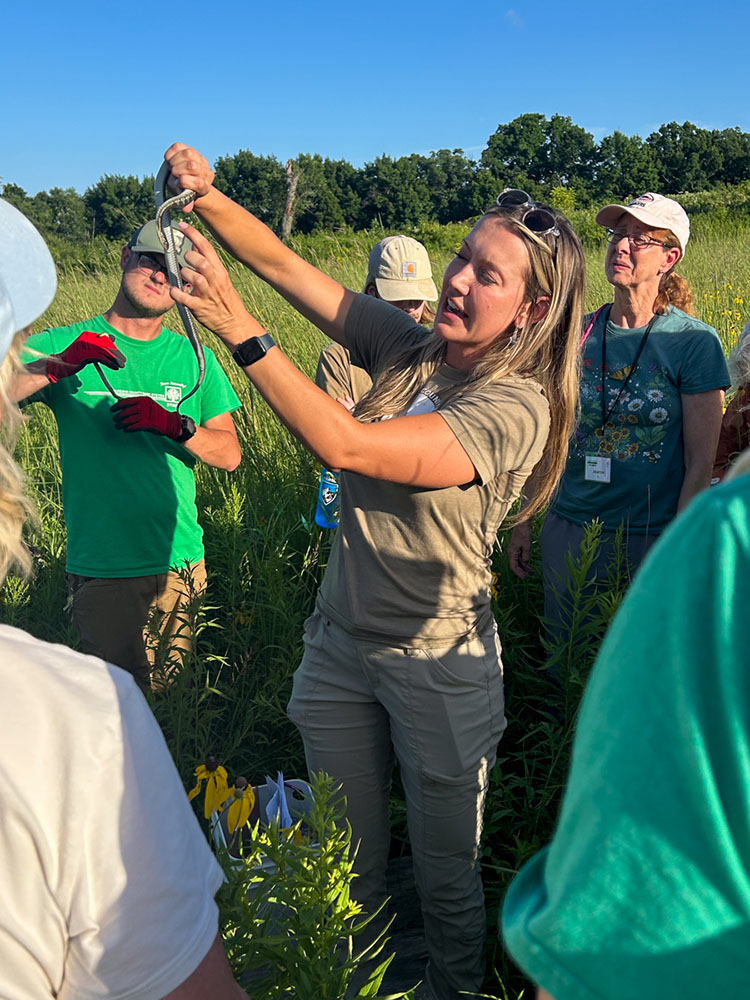
I haven’t explained the training projects yet. At the beginning of the week we were told that we could do either an educational training project to be presented on the last half day of the class or a stewardship project that would involve removing invasive species. Those of us doing an educational project were stressing a bit, even though our instructors told us not to worry, but it seemed like a lot to put together in just a couple of days.
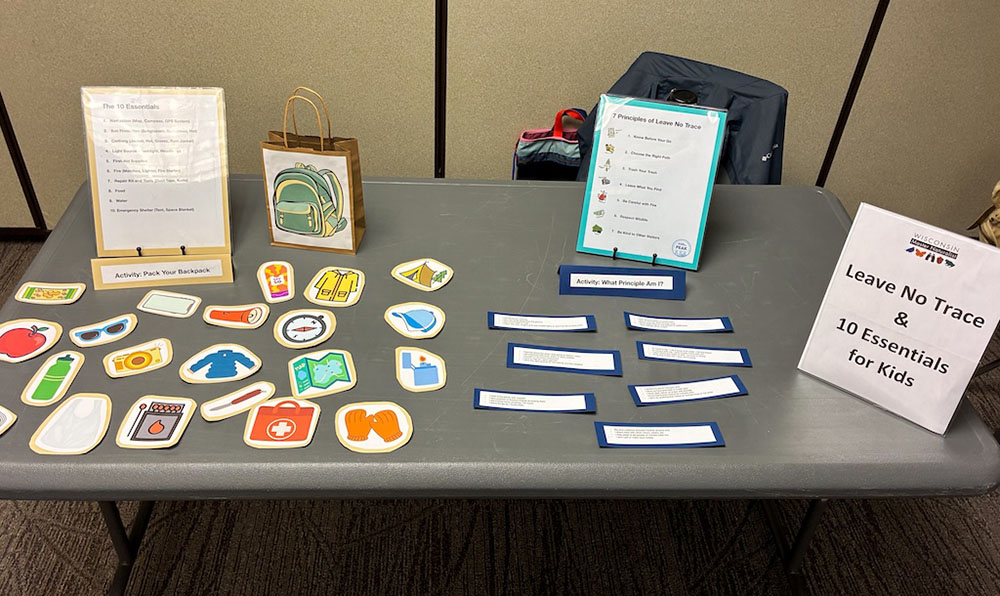
The project I chose was “Leave No Trace and the 10 Essentials for Kids” and at the start of the week, I had in mind some kind of presentation on those topics. But as I experienced the hands-on learning that we were exposed to during the week and saw how engaging that was for us, as adults, I knew I had to do something different, especially with kids as the main audience. So in the evenings, I researched my topic and hunted for colorful graphics that I could use to create hands-on activities. My classmates were doing similar work on their projects. At the end of the week, I was amazed at the many creative ways that people came up with to share information on invasive species, the lifecycle of trees, helping pollinators, native plants and much more.
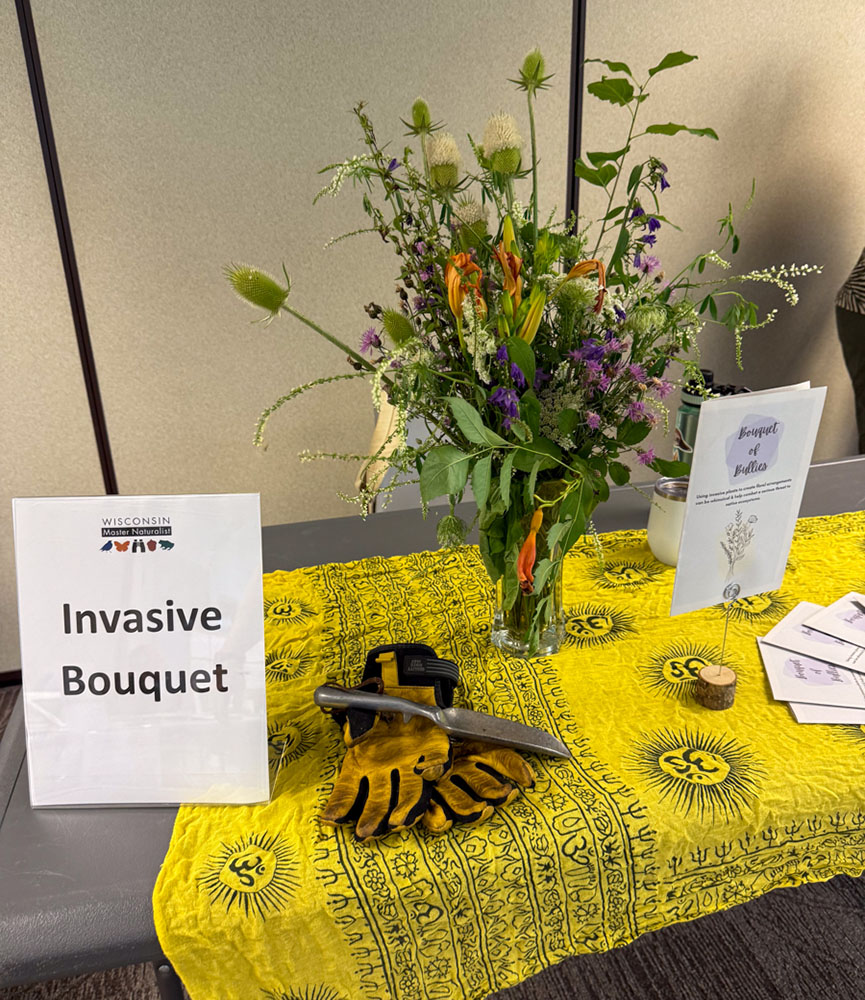
What happens after the training? You get to volunteer in a number of different ways and keep learning. Volunteering can take the form of Education, Citizen Science or Stewardship and there are many many opportunities to do that in this area. There are just as many ways to further your nature related knowledge, including lectures, in person classes and online videos. To remain a Certified WI Master Naturalist you need to give forty hours of volunteer work and eight hours of additional learning per year, and I think it will be a pleasure to do that.
Janet Barthel, Retzer Nature Center Supervisor expresses the value of the program as follows:
“I am incredibly proud to be a part of this state network of naturalists, as a volunteer and as an instructor. The resources and education provided by the Wisconsin Master Naturalist Volunteer Program are high-quality and valuable, equipping volunteers to assist in environmental education, citizen science and stewardship projects throughout the state. Every July for the past five years, Retzer Nature Center has hosted the forty-hour training week for twenty individuals each year, where topics like ecology, geology, natural history, wildlife, aquatic life, weather, climate, plant communities, water, and human connections are discussed. We are confident that we are effectively preparing volunteers to support the needs of Retzer Nature Center and many other similar organizations.”
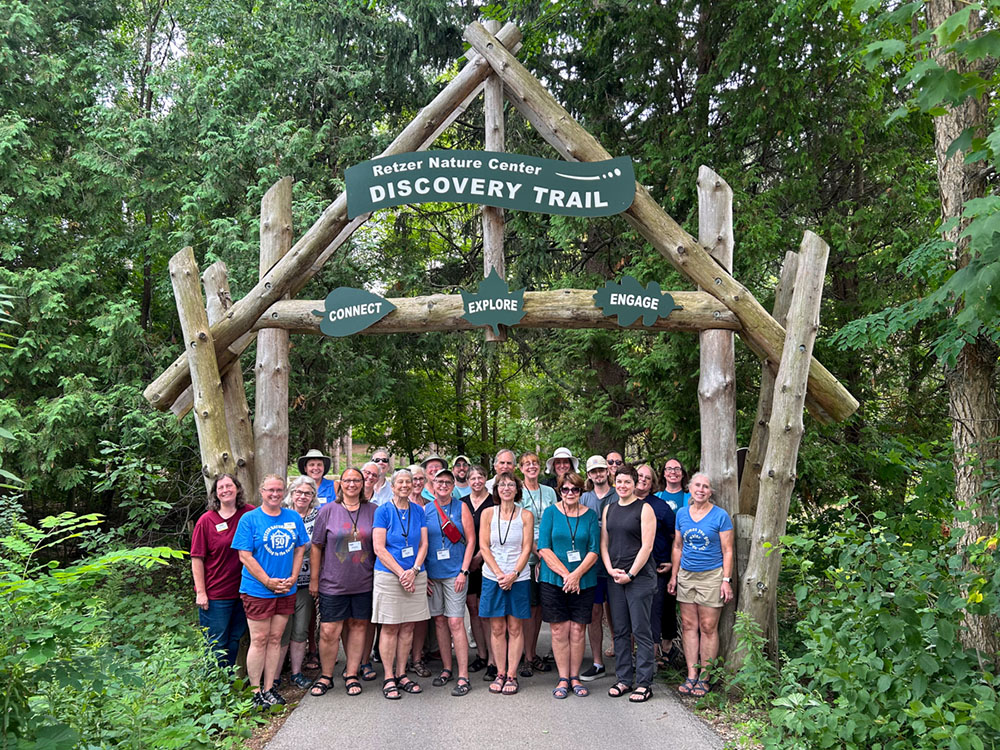
Is your interest peaked? I hope so, because WI Master Naturalist is an amazing program for adults who want to learn more about nature, give back to your community and have fun doing it.
For more information and/or to apply for the Master Naturalist Training go to the Wisconsin Master Naturalist website. For more information about Retzer Nature Center go to our Find-a-Park page.
Related stories (Retzer Nature Center):
Snakes alive! Citizen science snake surveys at Retzer Nature Center
Fifty Scarecrows Are among Autumn Delights at Retzer Nature Center
Trekking the Retzer Nature Center with the Sierra Club
More by Kris Gould:
Ice Age Trail: Stroll Along the Bark River in Hartland
Ice Age Trail: Points of Historical Interest in Waukesha County
A First Day Hike is a Popular New Year’s Tradition
Kris Gould is a writer and conservation photographer based in Wisconsin. All photos by Kris Gould except as noted.

